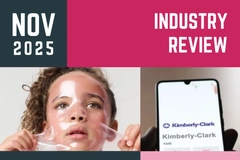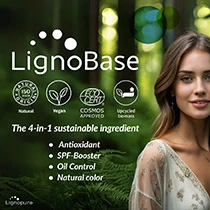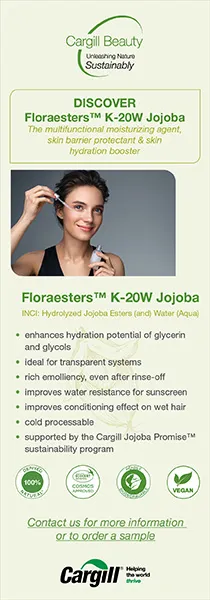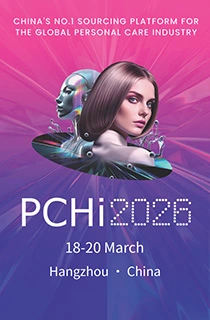How biotech and AI transform active ingredient innovation
Key takeaways
- Biotechnology and AI are transforming beauty ingredient development, enabling precise, high-performance actives.
- Lab-grown ingredients deliver purity, consistency, and sustainability, reducing reliance on extraction, mining, and animal-derived sources.
- Consumer trust and regulation must evolve as biotech-driven beauty blurs the line between cosmetics and pharmaceuticals.
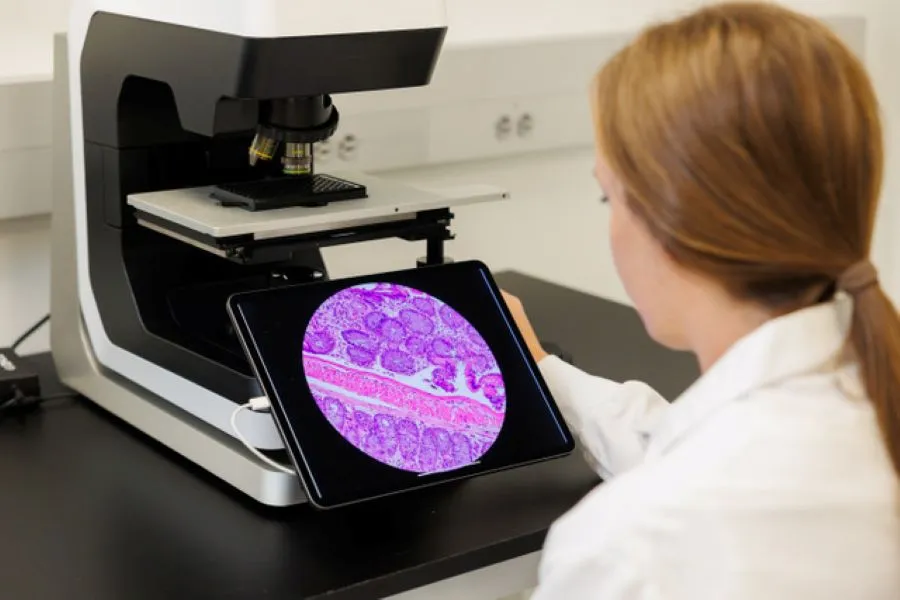
The beauty industry is moving away from its reliance on direct plant harvesting, mining, or animal-derived sources, toward precise, lab-based cultivation of bioactives. And like many things, biotech will accelerate with AI.
Biotechnological beauty allows formulators to use high-purity molecules, ensure consistent functionality, and avoid seasonal supply variability.
Personal Care Insights speaks to Debut, Givaudan, and Seprify about how biotechnology lets manufacturers design ingredients around the function they want instead of reverse-engineering performance from mined minerals or fossil-based polymers — all while delivering on sustainability.
“Biotechnology is ushering in a new era of performance, potency, and purity in beauty, just as it transformed the pharmaceutical industry over the past two decades. Biotech’s precision and control over molecular design enable the creation of entirely new classes of active ingredients that achieve superior efficacy at lower concentrations,” Joshua Britton, founder and CEO of Debut, tells us.
Biotech and AI
Combining biotechnology with AI allows ingredient manufacturers to pinpoint and activate novel molecular pathways within trace compounds.
“[This] unlocks new mechanisms of action and redefines what’s possible in skin care performance. Predictive modeling allows us to simulate how these molecules interact with skin at the cellular level, guiding the development of scientifically advanced and clinically validated formulations,” says Britton.
“The result is highly targeted performance, enhanced potency, reduced skin sensitization, and hyper-personalized results, all while eliminating beauty’s longstanding dependence on petroleum-derived and resource-intensive natural ingredients.”
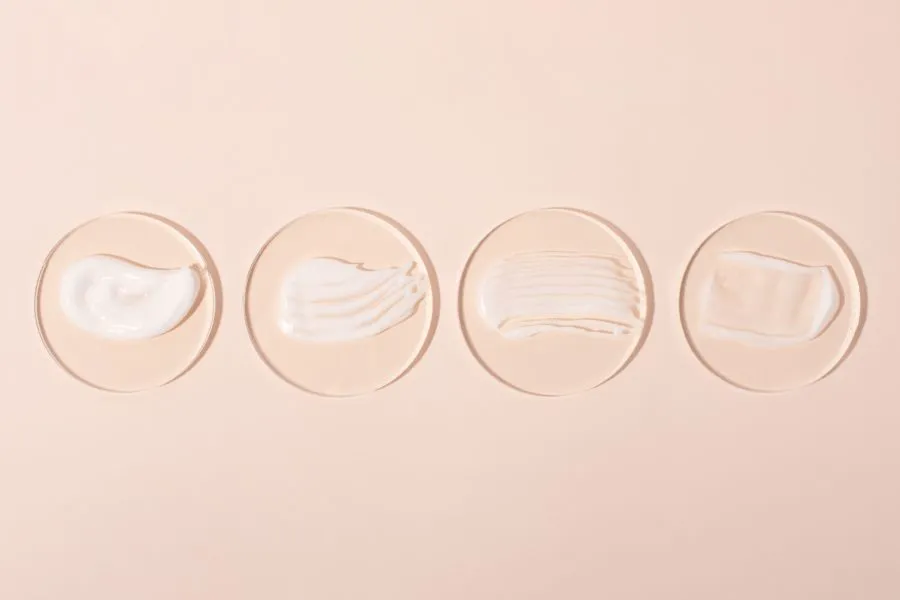 AI models predict skin interactions at the molecular level. However, AI is moving faster than current cosmetic regulations, which may lead to the need for existing regulatory frameworks to evolve to keep pace with biotech and the new era of AI-powered ingredient discovery.
AI models predict skin interactions at the molecular level. However, AI is moving faster than current cosmetic regulations, which may lead to the need for existing regulatory frameworks to evolve to keep pace with biotech and the new era of AI-powered ingredient discovery.
Many breakthrough biotech ingredients deliver effects approaching pharmaceutical efficacy, blurring the lines between cosmetic and pharmaceutical categories.
“This will likely impact how ingredients are classified in the future, along with safety and efficacy testing and claim substantiation. As more cutting-edge actives enter the market, transparency and consumer education will be key in helping consumers understand how biotech ingredients work and why their clinically proven performance represents the future of safe, effective beauty,” explains Britton.
Uncompromised performance
Biotechnology bridges the gap between beauty brands choosing between performance and sustainability. Mathias Fleury, head of category actives at Givaudan Active Beauty, tells us that sustainability in beauty increasingly requires a rethink of ingredient sourcing.
“Biotechnology provides a controlled, lower-footprint alternative by replicating or enhancing natural molecules in fermenters or bioreactors, using renewable feedstocks, and often generating fewer by-products,” says Fleury.
Biotech fermentation consumes significantly less land and water than crop cultivation. The controlled processes avoid the emissions associated with harvesting, transport, and traditional chemical synthesis.
Additionally, waste is reduced by upcycling agricultural by-products or using engineered microorganisms, which reduces disposal needs.
Fleury details biotech’s competitive advantage against traditional sourcing methods:
- Purity and consistency: biotech methods produce molecules with maximum purity and minimal contaminants.
- Scalability and security: lab-grown ingredients are less impacted by crop failure, geopolitical issues, or climate variability.
- Functionality enhancement: tailored production can optimize molecule structure for better performance (stability, bioavailability, skin penetration).
- Innovation potential: novel bio-mimetic molecules can be created, exceeding what is naturally available.
- Givaudan spotlights its BisaboLife, a natural, sustainable, biotech-produced (-)-α-bisabolol.
Traditionally, bisabolol is extracted from candeia trees in Brazil, a process linked to deforestation and variations in purity. Alternatively, it can be produced via petrochemistry, through multi-step, multi-solvent reactions.
“Givaudan’s biotechnology approach produces the highest purity (>99%) with the lowest farnesol content (<0.05%) ever achieved, while delivering strong anti-irritation, anti-inflammatory, and soothing performance claims,” says Fleury. 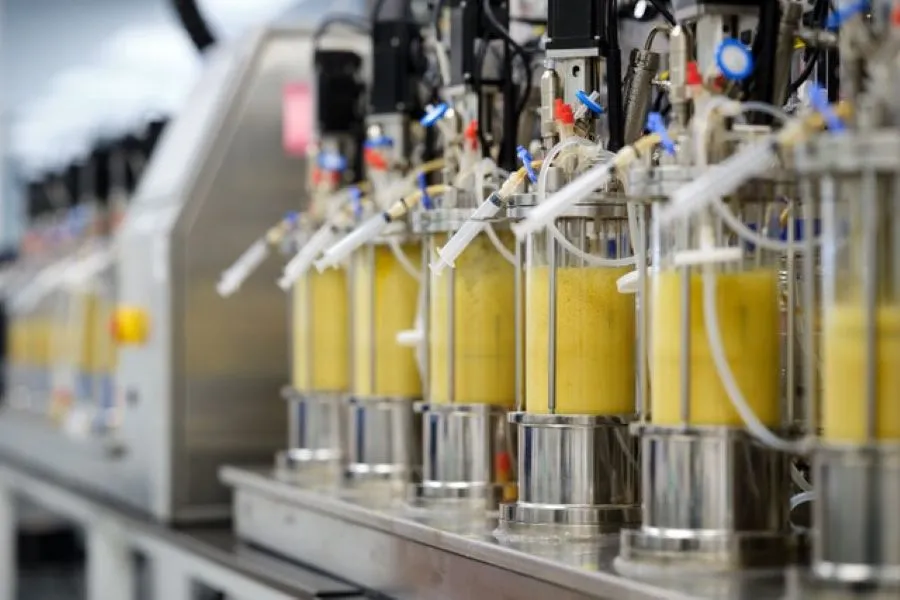 Lab-grown actives deliver purity and precision.
Lab-grown actives deliver purity and precision.
“This precision manufacturing protects biodiversity, guarantees purity that plant or petrochemical sourcings cannot achieve, and allows for more ethical, reliable supply.”
Reducing environmental impact
Biotech processes — such as fermentation, enzymatic chemistry, or plant cell culture — enable access to rare or previously inaccessible compounds without the environmental cost of large-scale extraction.
Biotech lets manufacturers design from a renewable, responsibly managed starting point and engineer only what is needed.
Lukas Schertel, CEO and co-founder of Seprify, says: “In our case, we use FSC-certified virgin kraft wood pulp and a patented extraction and refinement process to create biodegradable, non-nano microcrystalline cellulose, cutting reliance on persistent polymers and aligning with zero-waste ambitions.”
“Since the same engineered structure drives both appearance and protection, brands can achieve results at lower loadings, helping cut material use and transport waste while protecting ecosystems and biodiversity. The process avoids mining-intensive inputs and is less energy-intensive overall, supporting a lower carbon footprint and making it easier to meet clean-beauty and circularity targets without compromising feel or finish.”
Britton adds that biotech delivers nature’s benefits with greater purity, consistency, and scalability by replicating the molecular structure of nature’s most potent ingredients without the environmental toll of extraction.
Debut’s biomanufacturing processes reduce water usage by up to 90% and ensure full traceability and supply chain security. The company highlights its DermCeutical Naringenin, a polyphenol found in citrus peel. It is a clean, clinical skin care ingredient used in its Deinde line.
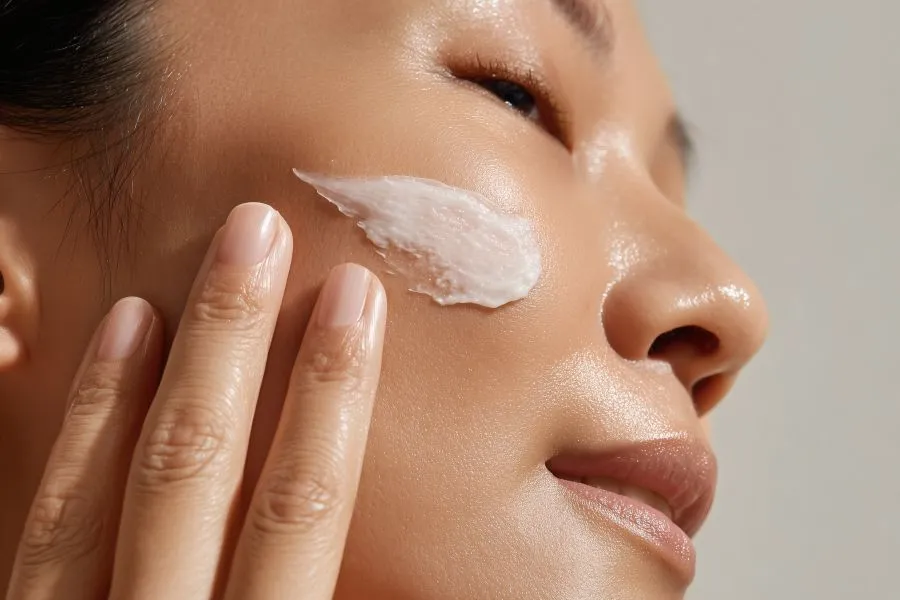 Consumers want ethical, environmental, and effective skin care solutions.Producing 1 kg traditionally requires 3,356 grapefruits, 0.37 acres of land, and 38,575 liters of water. However, Debut’s biotech processes make this ingredient accessible to consumers without using land, water, or cultivation, and by expending minimal energy.
Consumers want ethical, environmental, and effective skin care solutions.Producing 1 kg traditionally requires 3,356 grapefruits, 0.37 acres of land, and 38,575 liters of water. However, Debut’s biotech processes make this ingredient accessible to consumers without using land, water, or cultivation, and by expending minimal energy.
The synthetic biotech company also outlines the red pigment carmine, used in lipsticks. It takes approximately 70,000 cochineal insects to produce one pound of crushed dried insect and a fifth of a pound of carminic acid (the molecule responsible for carmine’s intense color).
Using Debut’s proprietary enzyme discovery and biomanufacturing technology, it can produce carminic acid entirely in the lab. It is vegan, vibrant, and molecularly identical in performance. It is also devoid of a specific protein found in beetle-derived carmine known to cause skin irritation.
Communicating with consumers
Natural cosmetics resonate emotionally with consumers, but they can also lead to the overharvesting of botanicals (e.g., exotic plants, rare flowers), which depletes ecosystems.
Fleury says that consumer education and narrative framing are critical in personal care. “Many shoppers still default to ‘natural equals safe and superior,’ despite evidence that biotech can be equally or more sustainable and effective.”
He details that effective messaging should position biotech beauty as “nature identical but cleaner” and highlight its safety, efficacy, and environmental responsibility.
Fleury suggests effective messaging should hold the following:
- Science and sustainability storytelling: combine clinical proof with ecological benefits (lower carbon footprint, biodiversity protection).
- Transparency: clearly explain what biotech entails (“lab-grown nature identical,” “fermentation from renewable sources”).
- Reassurance via natural origins: highlight that biotech often starts from plant feedstocks or uses plant sugars, marine biomass, or agricultural by-products.
- Terminology reframing: from “synthetic” to “bio-engineered natural actives” or “lab-crafted natural precision.”
According to Givaudan, 59% of beauty buyers in France are concerned that some natural ingredients are not sustainable. In Indonesia, 85% of consumers trust scientifically proven beauty ingredients.
Fleury says this opens the door for biotech to be positioned as a sustainable, safe, and efficient use of resources.
Seprify’s CEO adds that the most effective communication approach to consumers is “benefits first, proof close behind.”
“Lead with the visible experience (lightweight, matte, no white cast) and the outcome (maintained protection with fewer UV filters), then support it with clear facts: 100% plant-based, biodegradable, non-nano, and tested with independent labs,” says Schertel.
“That pairing of sensorial wins and plain-English science meets consumers where they are on ‘natural,’ while building trust. It’s also consistent with how we speak as a brand: authoritative yet approachable, and always clear about what the data says.”
Schertel highlights that biotech shouldn’t ask consumers to choose between elegance and responsibility. 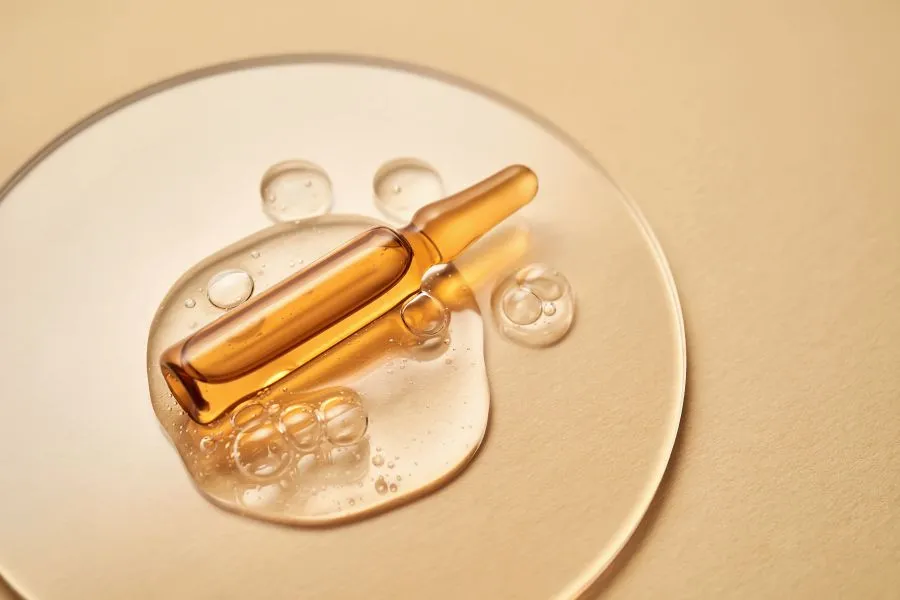 Cell culture and enzymatic processes reduce environmentally harmful waste.
Cell culture and enzymatic processes reduce environmentally harmful waste.
“Our goal is to remove that trade-off: keep the finishes people love, meet regulatory expectations globally, and materially lower the footprint behind the scenes. That’s how we make ‘biotech beauty’ real on the shelf.”
Looking ahead
Britton predicts that over the next five to ten years the beauty ingredient landscape will undergo a seismic transformation.
“Biotechnology is reshaping every category, from skin care and hair care to personal care, color cosmetics, fragrance, and even OTC,” he says.
“Many of today’s most popular actives will be replaced by entirely new molecules made possible through advances in biotechnology, AI, and computational biology. As beauty becomes increasingly science-driven, the boundary between cosmetics and pharmaceuticals will fade, giving rise to a new generation of products defined by unprecedented efficacy and clinical validation.”
Givaudan’s Fleury expects the next wave of biotech beauty to merge sustainability, personalization, and multifunctionality.
“Expect convergence between biotech and high-tech domains — microbiome science, cellular reprogramming, neurosensory actives — built on precise molecular engineering,” he says.
“This evolution responds to consumer desires identified in recent studies: demand for quick, visible results alongside long-term benefits, proof-backed innovation, and integration of wellness parameters such as mood, stress reduction, and microbiome health.”
Schertel adds that multifunctional, circular ingredients will replace single-purpose incumbents.
“In practice: cellulose optics that enhance SPF and improve finish at low doses, clean whitening and colour management without minerals, and texture systems that are microplastic-free by design. Equally important is credible scale,” he concludes.

